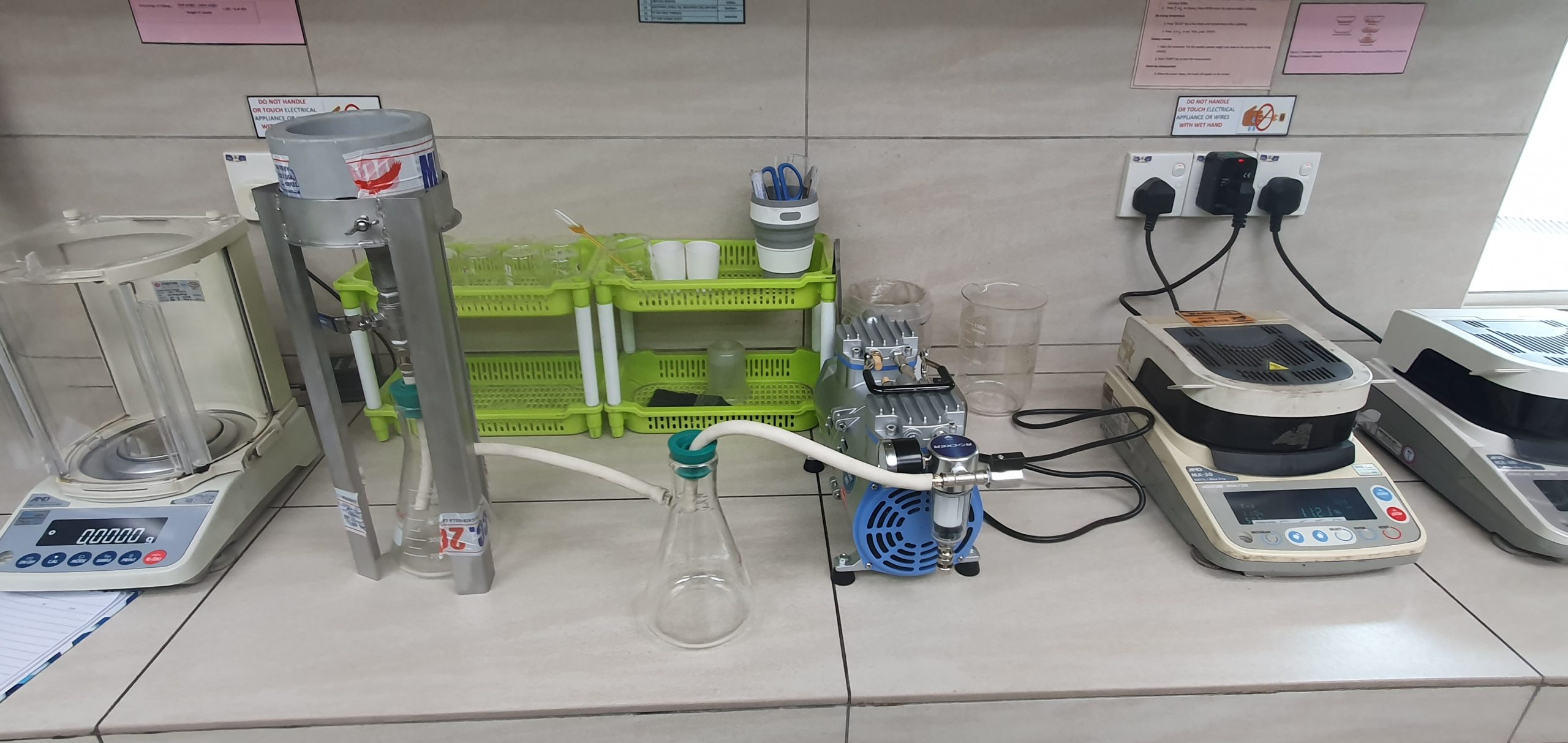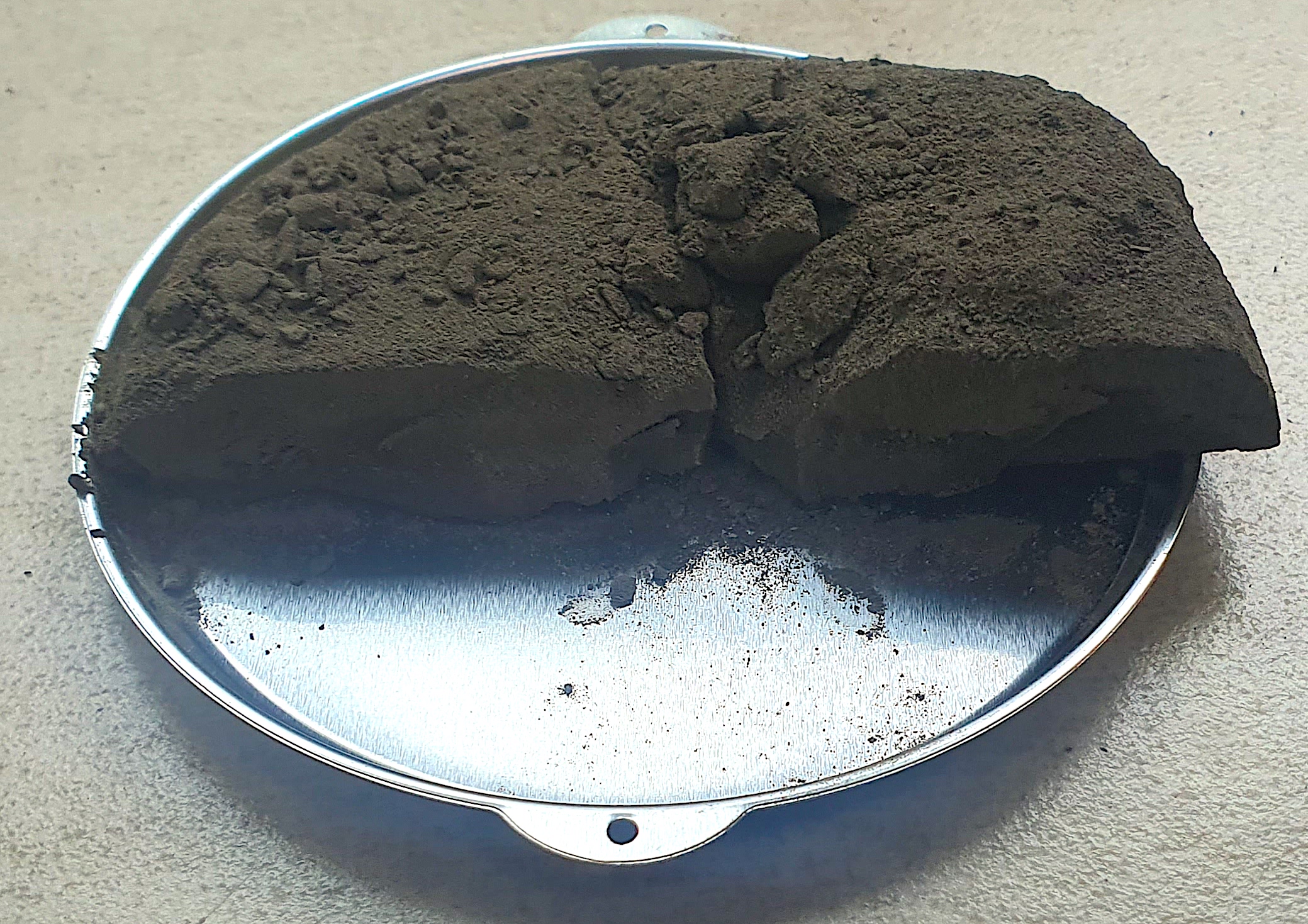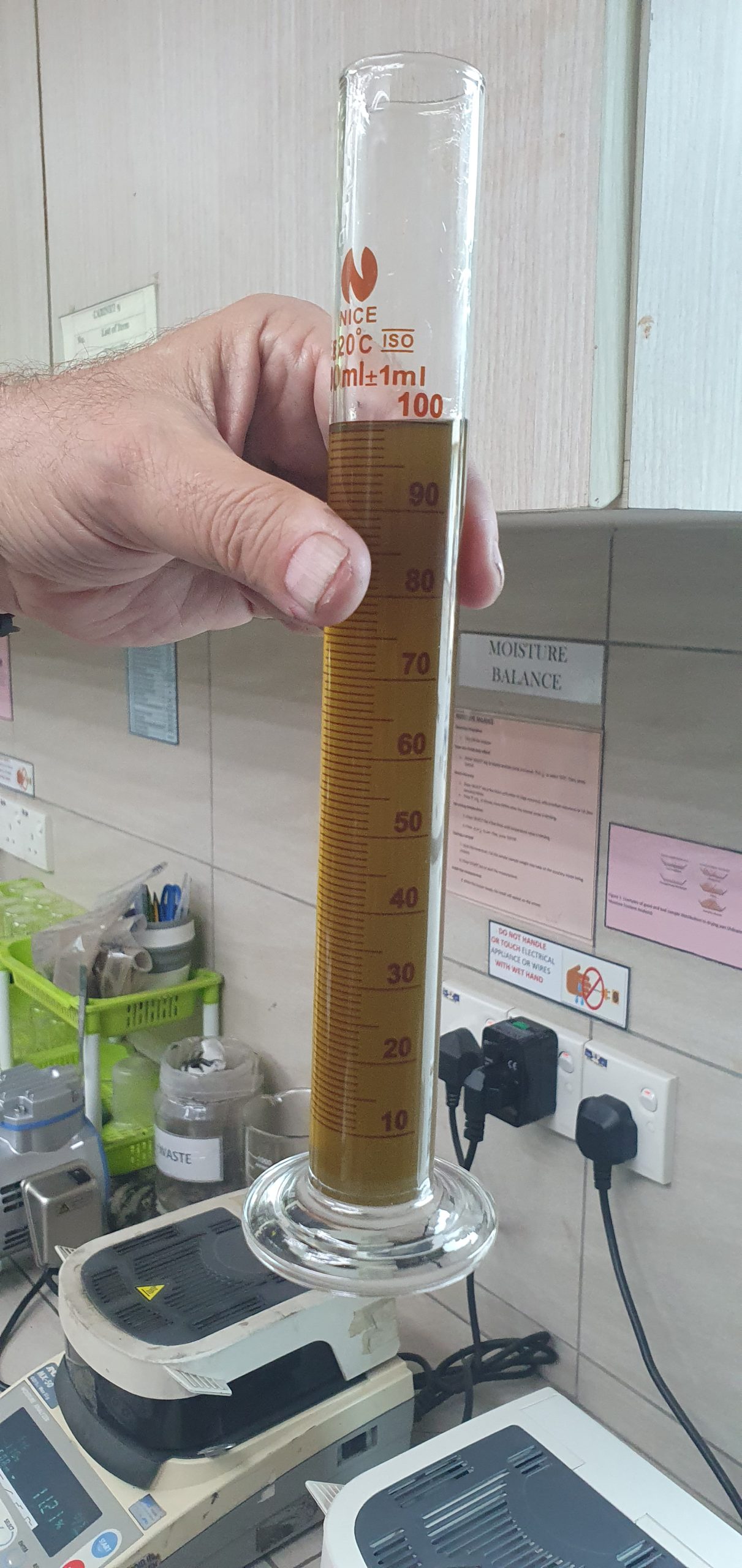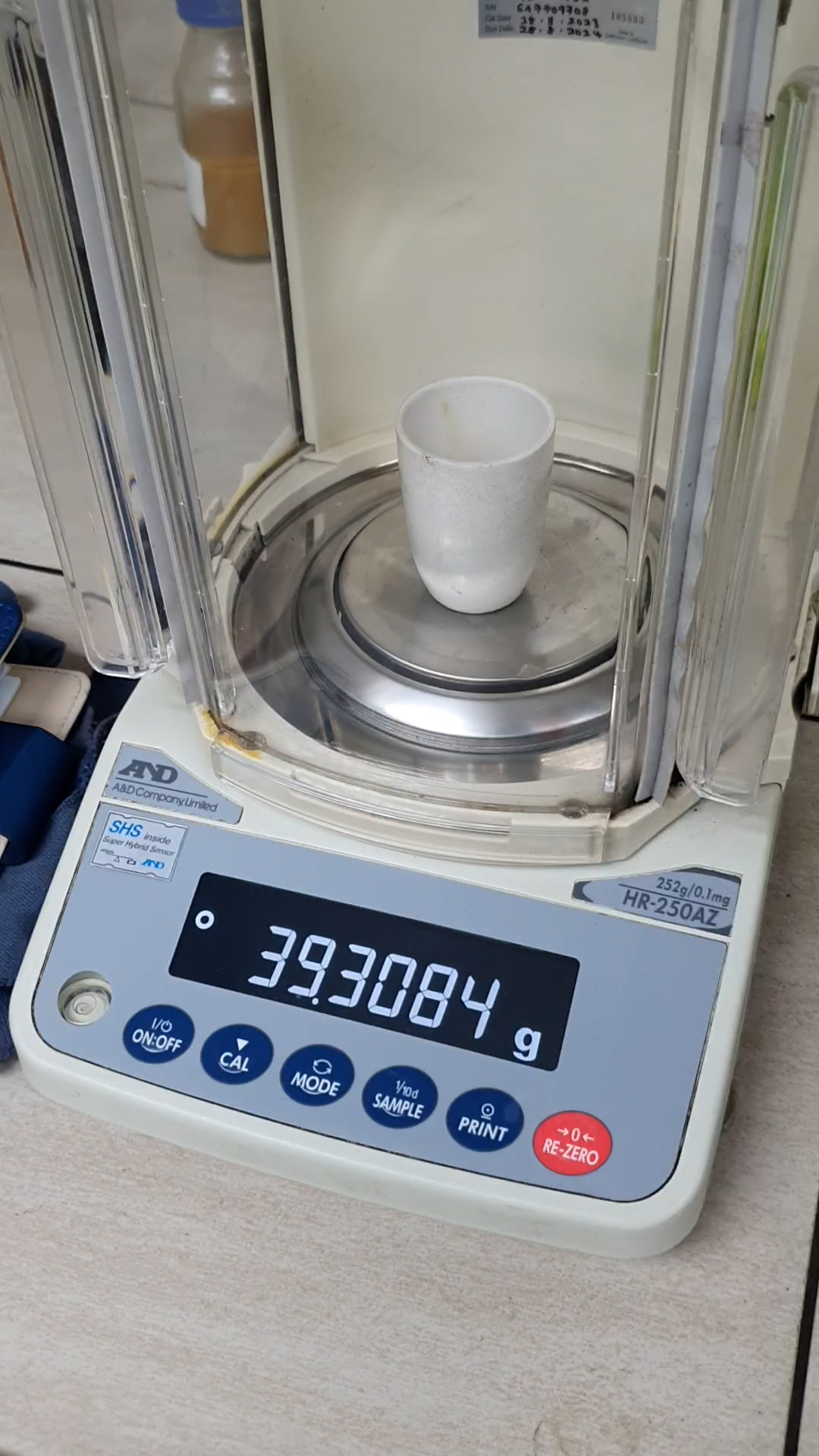Understanding the Value of On-Site Solid-Liquid Separation Testing
While laboratory-based filtration tests provide invaluable insights for filter sizing on an industrial scale, the unique challenges of solid-liquid separation necessitate on-site evaluations. Transporting slurries can induce time lags leading to potential degradation, and it’s often difficult to replicate the exact system conditions in a lab setting. Thus, for an accurate assessment and analysis of slurry characteristics within the solid-liquid separation process, on-site testing is indispensable.
This principle has been carried forward in a series of tests in our work in various factories across Asia, where we run our tests on different slurries from different refineries, each presenting unique and sometimes contrasting particle size distributions. The complexity of these slurries meant that our primary goal was to establish a correlation that would inform our solid-liquid separation strategies.
Our On-Site Testing Methodology for Solid-Liquid Separation
Embracing the ‘Top feed’ technique, we collected slurry samples directly from the operational plants. Replicating these conditions in the lab, we meticulously maintained parameters such as temperature to mirror the system’s fluid viscosity, solids concentration, and consistent vacuum levels at 450 mbar ABS.

 FILTRAZIONE
FILTRAZIONE





